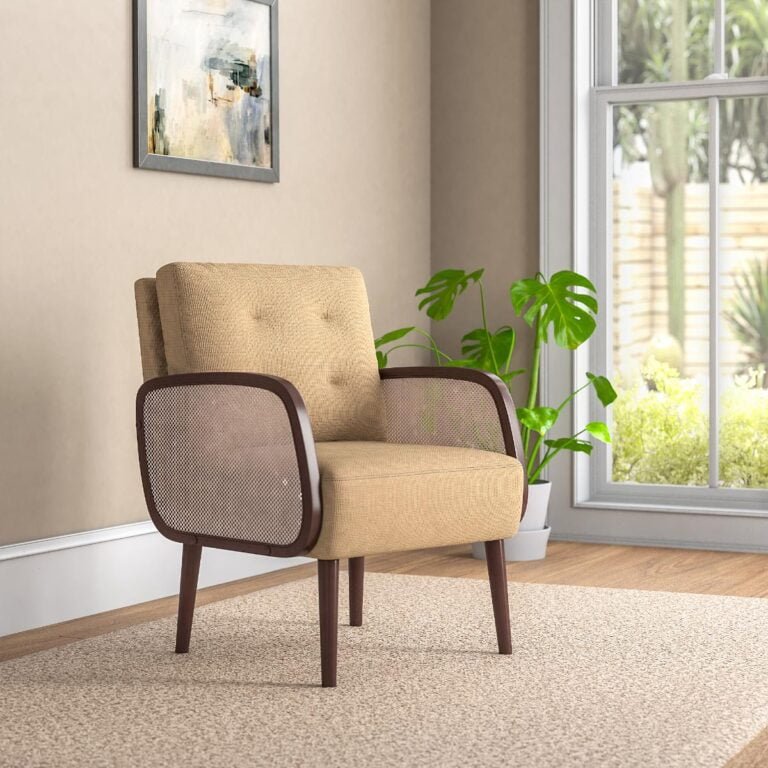Top Guidelines Of 3d Furniture Visualization That Might Be Useful To Everyone
Professional 3D Furniture Visualisation to Elevate Product Displays

In a highly competitive furniture sector, compelling imagery is vital for capturing attention and increasing revenue. Through 3D visualisation, furniture makers reveal their designs with true-to-life precision in realistic, styled spaces. By leveraging advanced 3D rendering techniques, businesses can create photorealistic images that highlight textures, finishes, and design elements, helping customers visualise how pieces will look in real spaces.
An Overview of 3D Furniture Visualisation
This process uses computer-generated techniques to build and render accurate furniture models. These images emphasise fabric, grain, and textures, creating lifelike results not always possible with standard photography. Through immersive digital scenes, companies make it simple for customers to imagine their products in realistic contexts.
Why Furniture Retailers Should Embrace 3D Visualisation
Quality product images are crucial for digital and print marketing, and 3D visualisation enables quick, affordable content creation. Instead of relying on physical samples and studios, 3D visualisation provides a quicker, cheaper solution. Renders can be altered for various colours, finishes, and room setups, suiting online shops, catalogues, and ads.
Boosting Furniture Promotions Using 3D Visuals
By using 3D rendering, furniture brands can create visuals that differentiate their products in competitive spaces. Brands deploy these realistic visuals online and offline to display furniture in curated living spaces. These images help customers see and trust products, boosting interaction and conversions.
The Role of Styled 3D Renders in Attracting Buyers
One of the key advantages of 3D furniture visualization is the ability to place furniture in realistic lifestyle scenes. Pieces are shown within styled spaces, enhanced with lighting and décor, 3d Furniture Visualization so customers see a full aesthetic. Showing furniture in context deepens the emotional bond with buyers, prompting more sales.
How 3D Rendering Adds Versatility to Branding
This approach gives brands flexibility that typical photography cannot offer. Designers can experiment with different colours, materials, and room layouts without needing multiple prototypes. It enables rapid presentation of options, meeting varied tastes while keeping a uniform style and quality.
Cost-Effective Solution for Furniture Companies
Traditional furniture photography often involves significant expenses, including prototype production, studio rentals, and logistics. 3D furniture visualization reduces these costs by eliminating the need for physical samples and enabling easy modifications. Scaling product images becomes easier and cheaper, supporting broader marketing strategies.
How Interactive Renders Improve E-Commerce Conversions
As digital sales grow, 3D renders have become critical for customer trust in furniture buying. 3D models provide a full, interactive view of products, helping customers choose confidently. This approach cuts returns and enhances overall consumer trust and experience.
Streamlining Furniture Campaigns Through Digital Renders
Since 3D visuals don’t require finished products, brands can start marketing sooner and launch faster. It enables quick rollout of new lines and catalogues while beating competitors to market.
Creating Consistent Branding with 3D Visuals
To build brand recognition, consistent visuals are critical, and 3D renders keep every image uniform across channels. By using 3D renders, companies can maintain a uniform aesthetic across all marketing channels, reinforcing their brand image and professionalism.
How 3D Visualisation Helps Companies Stay Competitive
With industry competition growing, brands use 3D rendering to set themselves apart. The ability to produce photorealistic, flexible, and cost-effective visuals makes it a preferred solution for brands looking to enhance their product presentations, streamline marketing efforts, and increase sales.
Final Thoughts on 3D Furniture Visualisation
Furniture companies increasingly rely on 3D visualisation to exhibit products accurately and attractively. By offering lifelike detail, flexibility in presentation, and significant cost savings, it helps businesses enhance their marketing strategies and build stronger connections with customers. For catalogues, digital shops, and ads, 3D renders make products stand out and perform better in competitive arenas.